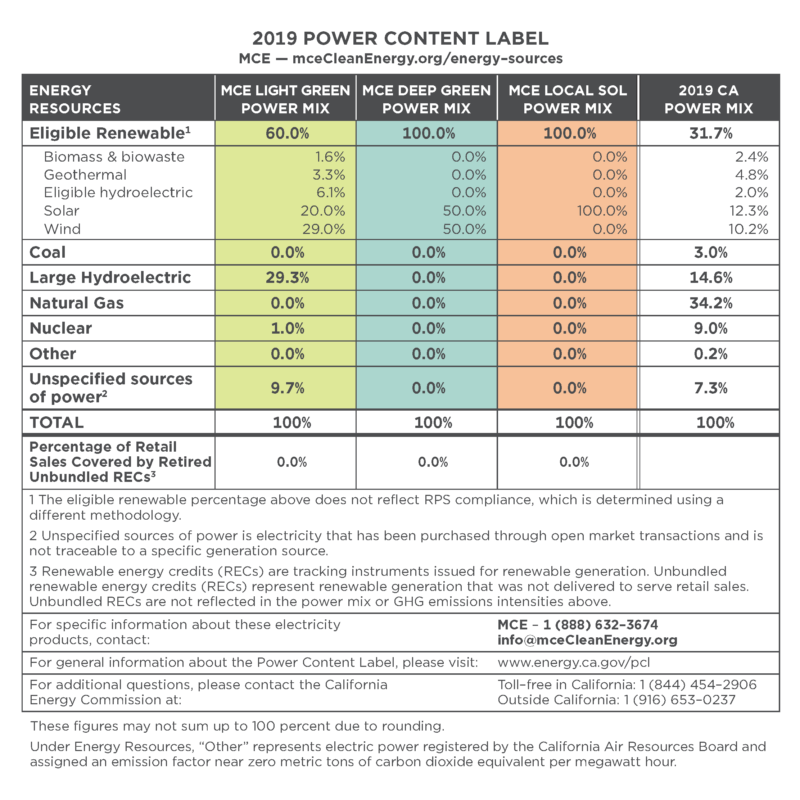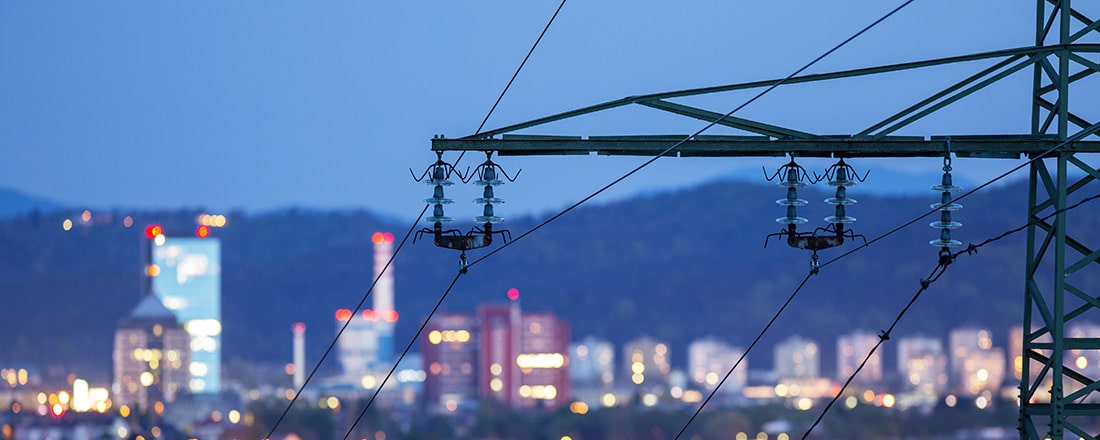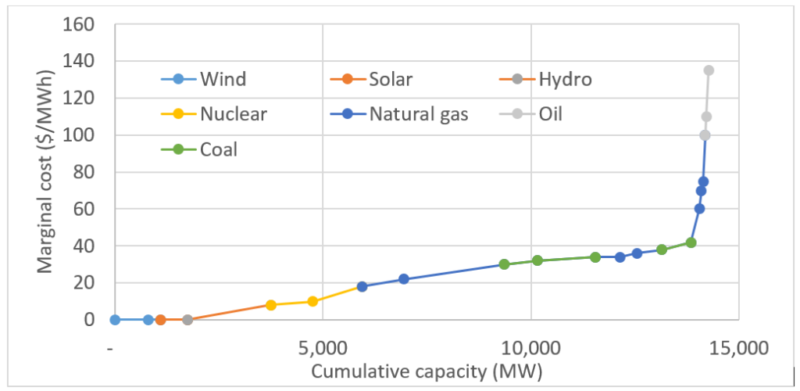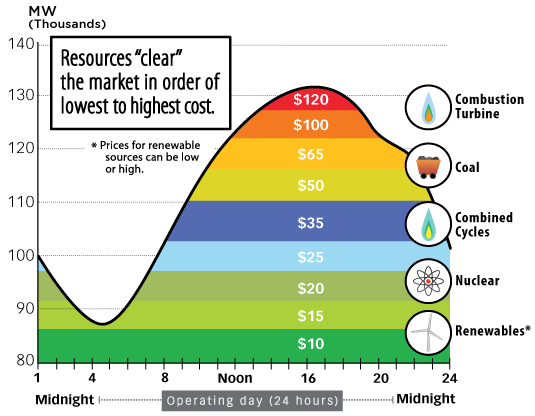MCE offers 60% renewable, 100% California-produced renewable, and 100% locally produced solar energy services. What does choosing a specific energy service mean for the electrons delivered to your house? What about the energy grid as a whole? In this blog, we cover how energy resources are shared into the electric grid and what choosing clean energy means for you and your community.
How does MCE procure my energy?
MCE becomes your electricity generation provider when you choose one of our electricity service options. We then buy energy in the form of Power Purchase Agreements (PPAs) on your behalf. PPAs are typically “utility-scale” projects that can provide energy for a number of customers at cost-effective prices. MCE purchases power from California and the Pacific Northwest, ensuring that enough energy is put onto the grid to meet 100% of our customers’ needs over a year.
All power accounting is done on an annual basis. Providers determine in advance how much energy is needed to serve customers and enter the market to find the right resources. For MCE, we find the right mix of renewable and carbon-free generation to ensure that customers receive 60% to 100% of their energy from renewable resources.
MCE’s power content label shows the breakdown of the power that MCE puts on the grid on behalf of our customers. MCE’s power content label is reported to and verified by the California Energy Commission each year.

Is the energy that’s procured on my behalf delivered directly to my home or business?
Traditional utilities like PG&E and Community Choice Aggregators like MCE use the same power lines to deliver energy to your home or business. When power is added to the grid, electrons intermingle and flow freely. It isn’t possible to identify the source of one electron versus another, so the renewable percentage of your electricity is determined by what your provider puts onto the grid on your behalf. Which in turn, is determined by the service you enroll in. When you choose more renewable electricity through MCE, you’re investing your dollars in cleaner energy sources and creating a cleaner California for all.

What’s the energy mix on the California grid?
When we talk about energy mix, we’re generally referring to the total share of energy from each source. However, the exact power mix on the grid changes based on what power sources are available to meet demand. Power plants are called online by energy dispatchers until electricity supplied is enough to meet demand at any point in time.
How do dispatchers decide what energy sources to put on the grid?
Power plants are typically called online in order of low-cost to high-cost energy sources. Renewable sources such as wind and solar are relatively low cost and are thus called on first when available. During hours of high demand, dispatchers are more likely to rely on more expensive polluting power sources.
Energy demand is at its highest from 4 to 9 PM. You can help the grid run on cleaner sources by running major appliances outside these peak hours. Visit the California Independent System Operator (ISO) website for the current energy breakdown on the California grid.
What are the benefits of choosing clean energy?
Burning fossil fuels for electricity and heat accounts for one-third of global greenhouse gas emissions. By choosing to invest in clean energy, you help combat climate change and reduce air pollution.
When you choose MCE, you’re also investing in local renewable energy projects, workforce development, and tailored community energy programs. MCE has committed over $180 million to local reinvestment, including $81 million in projects, $68 million in customer rate savings, and $5 million in local businesses. Across California, MCE has invested over $1.6 billion in renewable energy projects that total over 683 megawatts and support over 5,000 jobs. Read more about the power of your choice in the MCE Impact Report.








